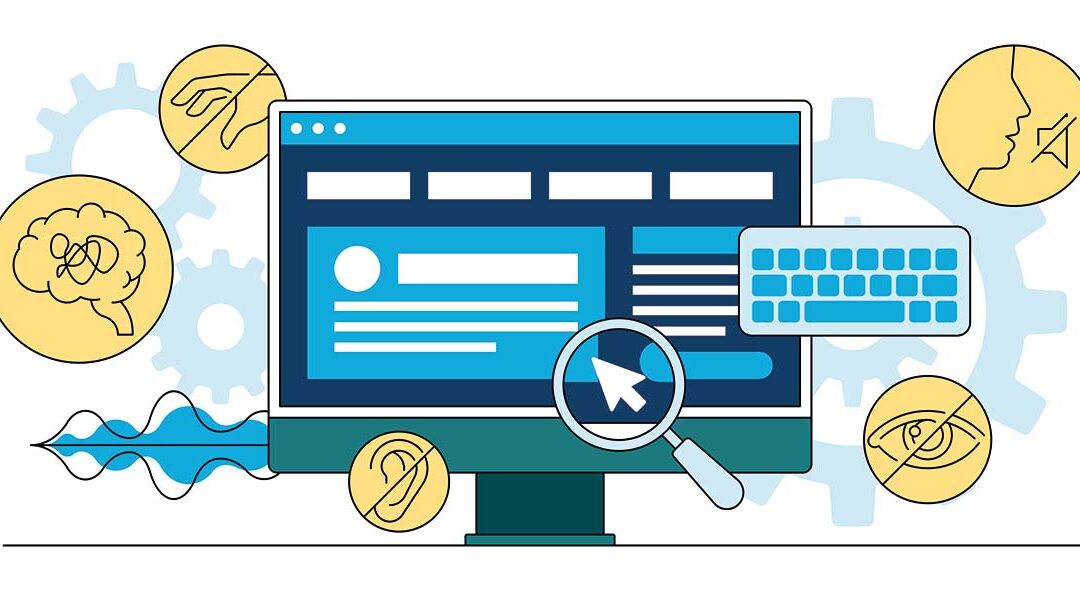If you have ever built a website then you will know that a great deal of planning can go into making the pages look nice, function well, and be viewable on different devices. But what if your site needs to be available to users that have disabilities such as blindness or cognitive disorders?
Performing tasks and accessing services online has become part of daily living and for a growing number of businesses, making their website accessible to all users is a top priority. Sites are being developed that include a number of accessibility options that facilitate website use for those living with conditions such as hearing impaired, vision impaired, and epileptics.
Modern companies are increasingly partnering with expert accessibility providers that can help incorporate helpful features and capabilities into new or existing sites.
What are accessibility features?
Depending on the assistance that is needed to make website navigation easier, there are different accessibility features that may be incorporated. Some of these may include:
- Keyboard Navigation Optimization
- Animation Reduction
- Design and UI alterations
- Closed Captioning
- Orientation or Context Adjustments for Text
Each of the accessibility adjustments listed is designed to assist those that suffer from hearing or vision loss, epilepsy, or that have motor or cognitive difficulties. A full accessibility solution will also provide enhancements for items embedded on the site from external sources, such as YouTube videos, and may include audio descriptions or transcripts.
Commonly used file types such as Word Documents, Excel Spreadsheets, and Powerpoint Presentations can also benefit from built-in accessibility features like screen readers and dedicated image descriptions.
How do I know if my site is compliant?
Making sure your site has adequate accessibility features can be determined by running a simple audit. This will show if your site is compliant and highlight areas of improvement or where accessibility features can be added. Depending on the country you are in there are a number of protocols that have been developed to make sure websites are in line with legislation.
- WCAG 2.1
- ADA Title III
- ACA
- EAA
- Section 508
All of these standards establish rules and guidelines for keeping websites up to date and accessible by everyone, regardless of limitations, disabilities, or impairments. Now with new and emerging technology like machine learning and artificial intelligence, accessibility solutions can scan and monitor your website continuously making adjustments to things like colour, navigation, and display to make your site easily readable.
What does this mean for my website?
From a business standpoint, getting ahead of the curve and adding accessibility features to your site can do much to enhance your brand and improve recognition. As well as being able to reach an entirely new market using Ai accessibility, solutions can often uncover and resolve problems that were unanticipated. Meaning that you get to be at the forefront of some pretty nifty and unexpected innovations.
Adjusting your accessibility features in a proactive fashion can also help you keep ahead of legal requirements and expectations. Some countries have already passed laws pertaining to websites requiring them to be fully accessible by all users.
In addition to the legal aspects, there are an estimated 1 billion people living with disabilities in the global marketplace. This largely untapped demographic has healthy spending power, meaning that any investment made into making your website fully accessible has the potential to drive a good return on investment.
Final words
Leaders in the global marketplace like Apple, Microsoft, and IBM recognise that accessibility is a way to connect with people across all demographics. Not only customers but employees, partners, and other business associates can be reached and typically interact better with companies that utilise accessibility features.

